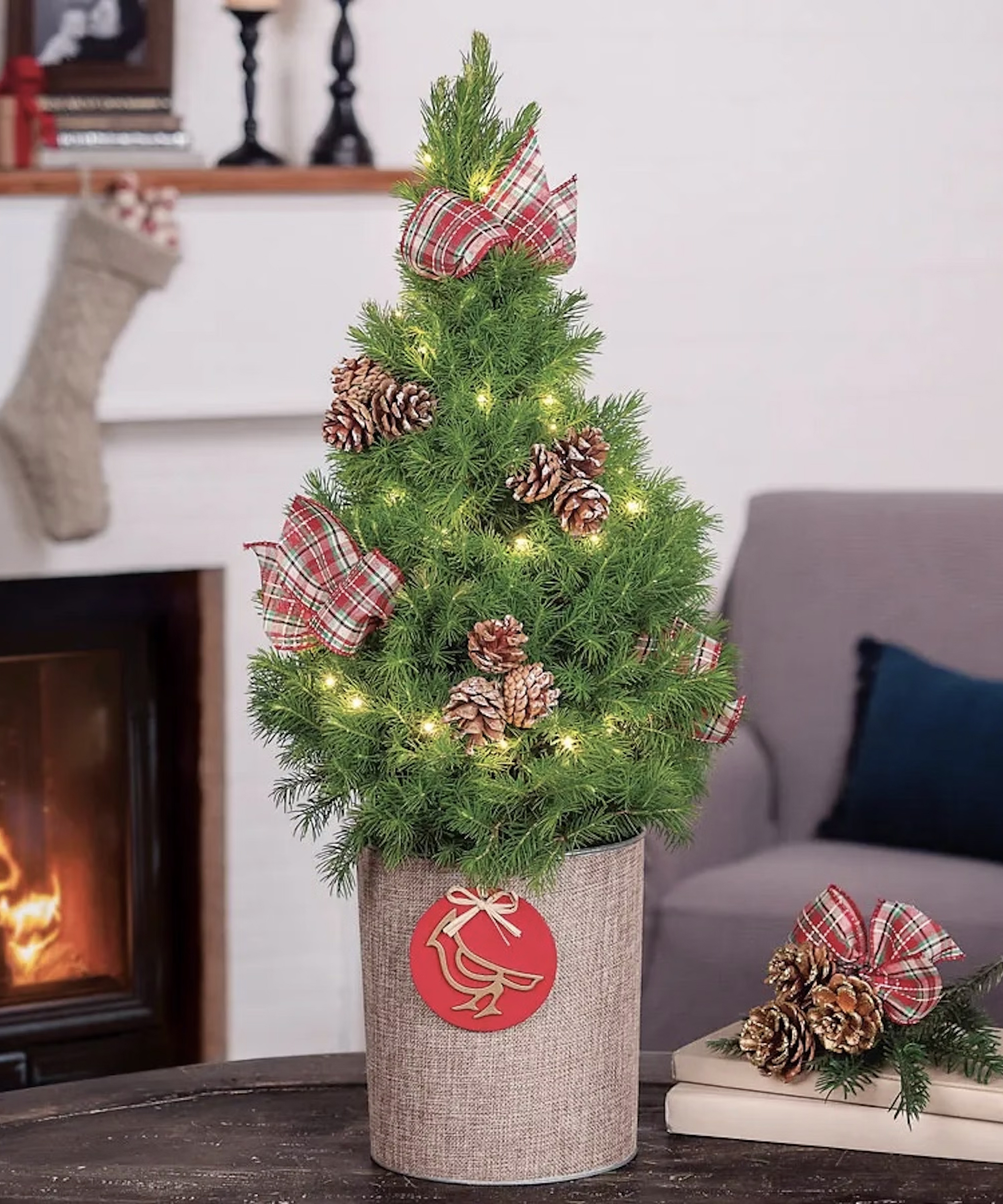8 Low-Maintenance Trees With Wow Factor: Plant These Easy-Care Landscape Heroes
Discover low-maintenance trees with maximum impact – these leafy beauties require only minimal care, but their rewards are plentiful.
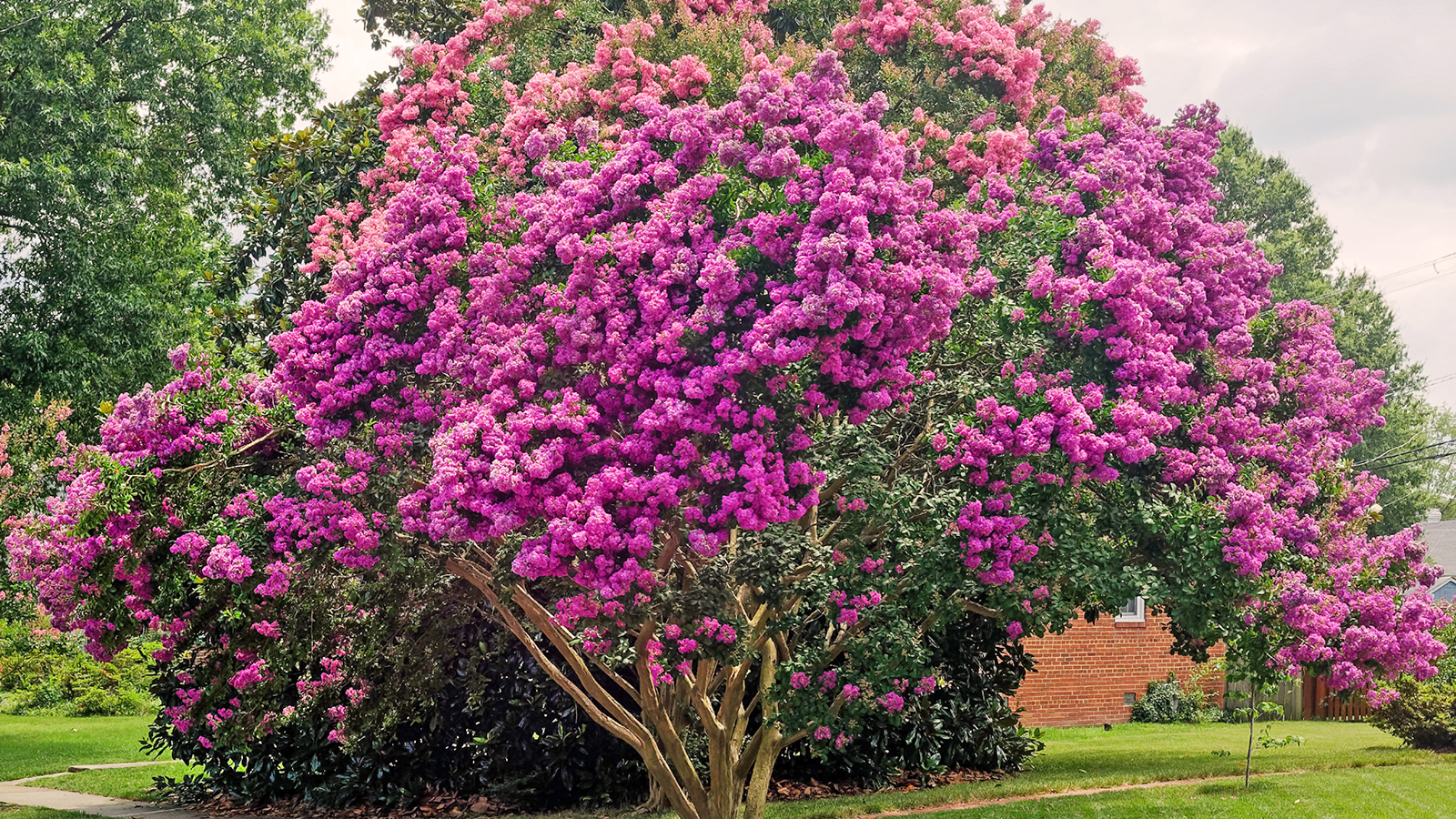

Melanie Griffiths
Trees are essential landscape elements. They provide focal points, shade, curb appeal, and multi-season visual interest. They also provide important habitat and food for wildlife.
While trees are highly desirable in the landscape, they can also be hard work, requiring regular watering, fertilizing, pruning, and fall cleanup. When choosing trees for your yard, consider low-maintenance trees to get all the benefits and less effort.
Most trees can be planted any time between fall and spring, as long as the weather is mild. When planting trees, the ground must not be frozen or waterlogged, so check the weather forecast.
Ensure your chosen variety is compatible with your USDA hardiness zone, soil type, and available space. Note the mature tree size to ensure you can accommodate it in the long term.
While all trees require some maintenance – especially when first planted – these are among the easiest landscaping types to grow. With a little initial care, these low-maintenance trees will give you years of healthy growth.
1. Silver Birch
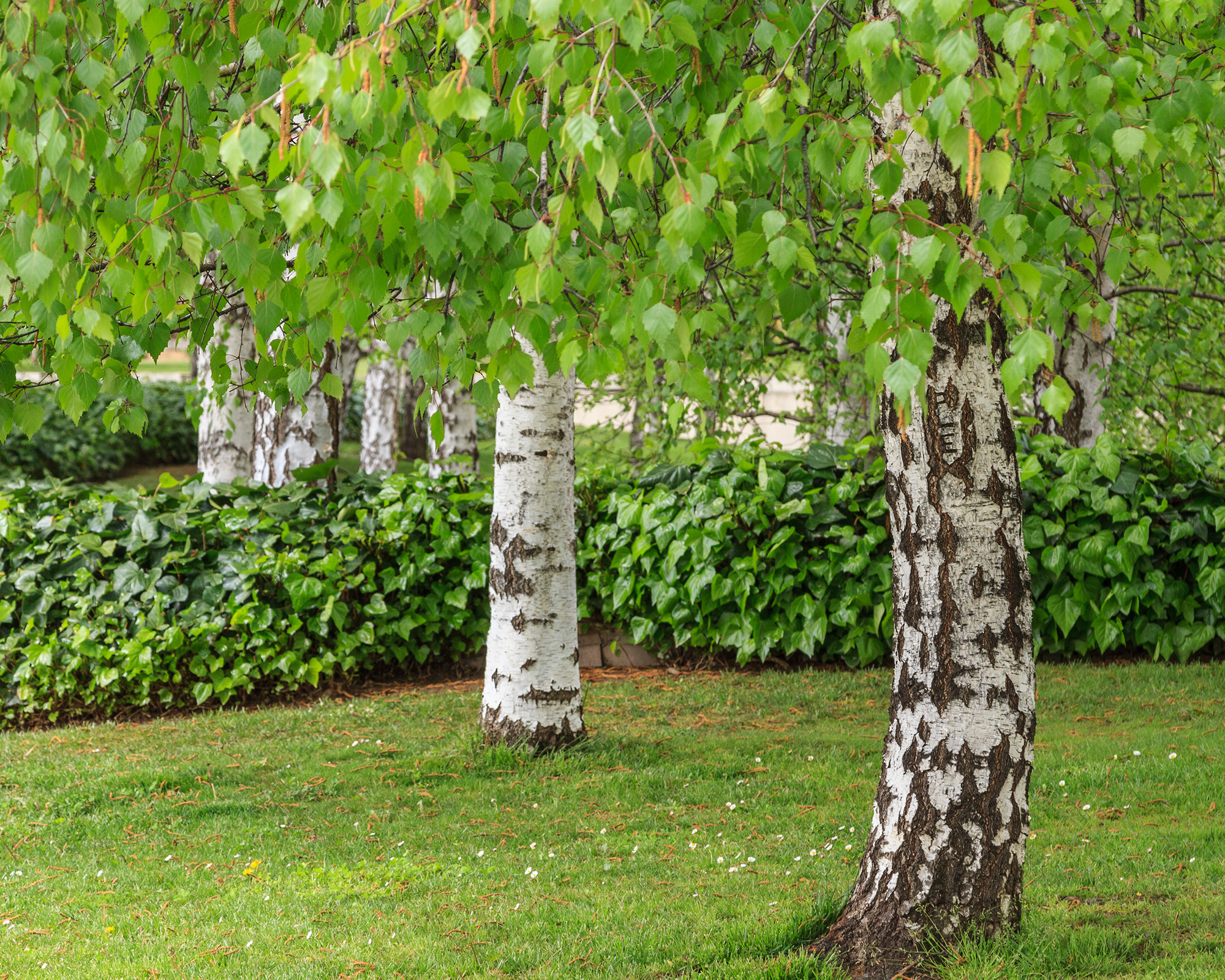
Birch trees are notable for their unique bark and quick growth. Silver birch (Betula pendula), is an easy choice with paper-white bark, delicate spring flowers, green summer leaves, and yellow fall color. It grows quickly to reach a mature height of 30 to 40 feet tall (9-12m).
This is an easy tree to grow in cooler climates, from zone 2 through 7. It tolerates poor soil and will even grow in areas that tend to get waterlogged. No pruning is necessary and silver birch is rarely bothered by pests or disease.
Sign up for the Gardening Know How newsletter today and receive a free copy of our e-book "How to Grow Delicious Tomatoes".
2. Japanese Maple
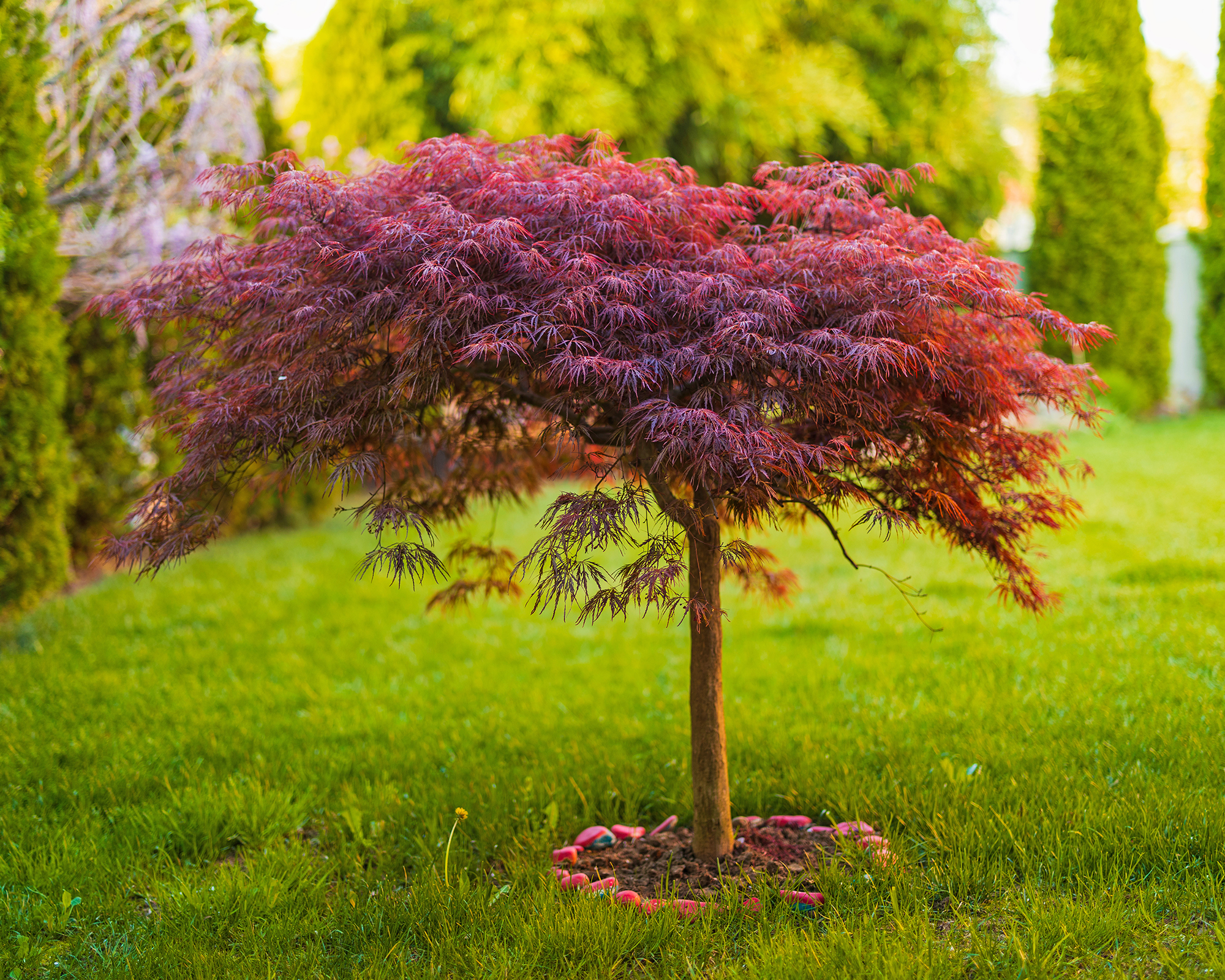
Japanese maple (Acer palmatum) packs a big punch in a small package. This little tree stays small and rarely gets taller than 25 feet (7.6m). Prized for its unique, sharply lobed leaves that turn brilliant shades in the fall, the Japanese maple is also very easy to care for.
You can find many varieties of Japanese maple to suit your space or yard. All are easy to grow once established. The coral bark Japanese maple (Acer palmatum 'Sango-kaku') is one of the most stunning four-season trees, offering interest year-round.
Japanese maples thrive in moist soil that drains well and partial shade. Although they shed their leaves in the fall, the smaller size of these trees means that leaf pickup is not a big chore.
3. Redbud

For an easy tree that provides gorgeous spring flowers, it’s hard to beat the native redbud. Eastern redbud (Cercis canadensis) grows in zones 4 through 8, and western redbud (Cercis occidentalis), 4 through 9. Redbuds are small, muti-trunk trees that grow up to 30 feet tall (9m).
Redbuds are easy to grow, especially in their native ranges. The trees tolerate most soil types as well as big temperature swings, including cold winters and hot summers.
They don't need fertilizer and should only be watered during severe drought conditions. Pests and diseases are rarely an issue for redbuds.
4. False Cypress
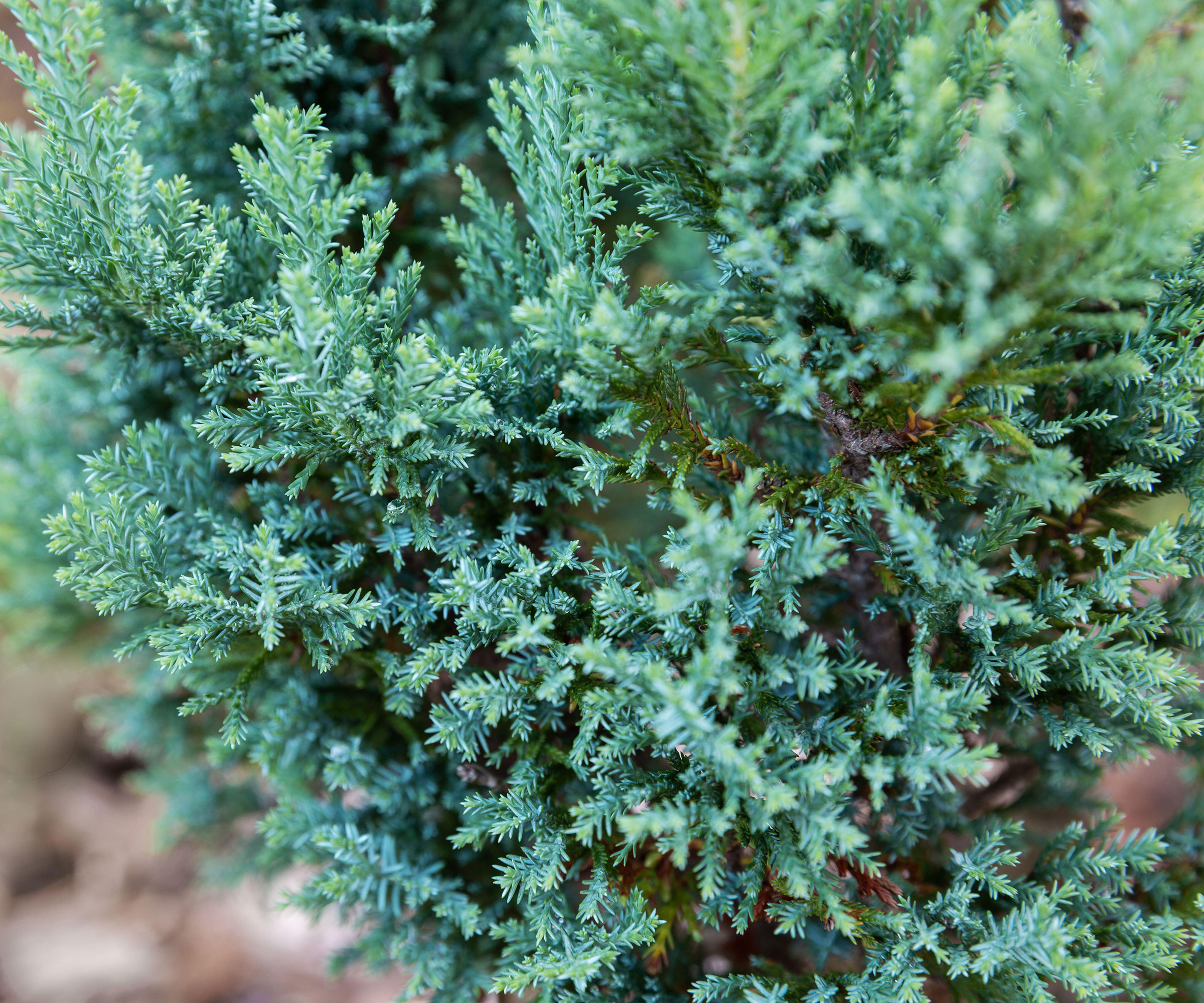
False cypress includes numerous species in the Chamaecyparis genus. As evergreens, these trees don’t require fall cleanup and they provide year-round color, shade, and privacy when used as a hedge or screen. They grow readily without much care and don’t need to be pruned. They tolerate drought and heat once established.
Several types of false cypress provide unique foliage colors, ranging from gold or yellow to deep green and silvery blue. Grow false cypress in zones 4 through 8 and expect them to grow between 4 and 15 feet tall (1.2-4.6m), depending on the species.
5. Southern Magnolia
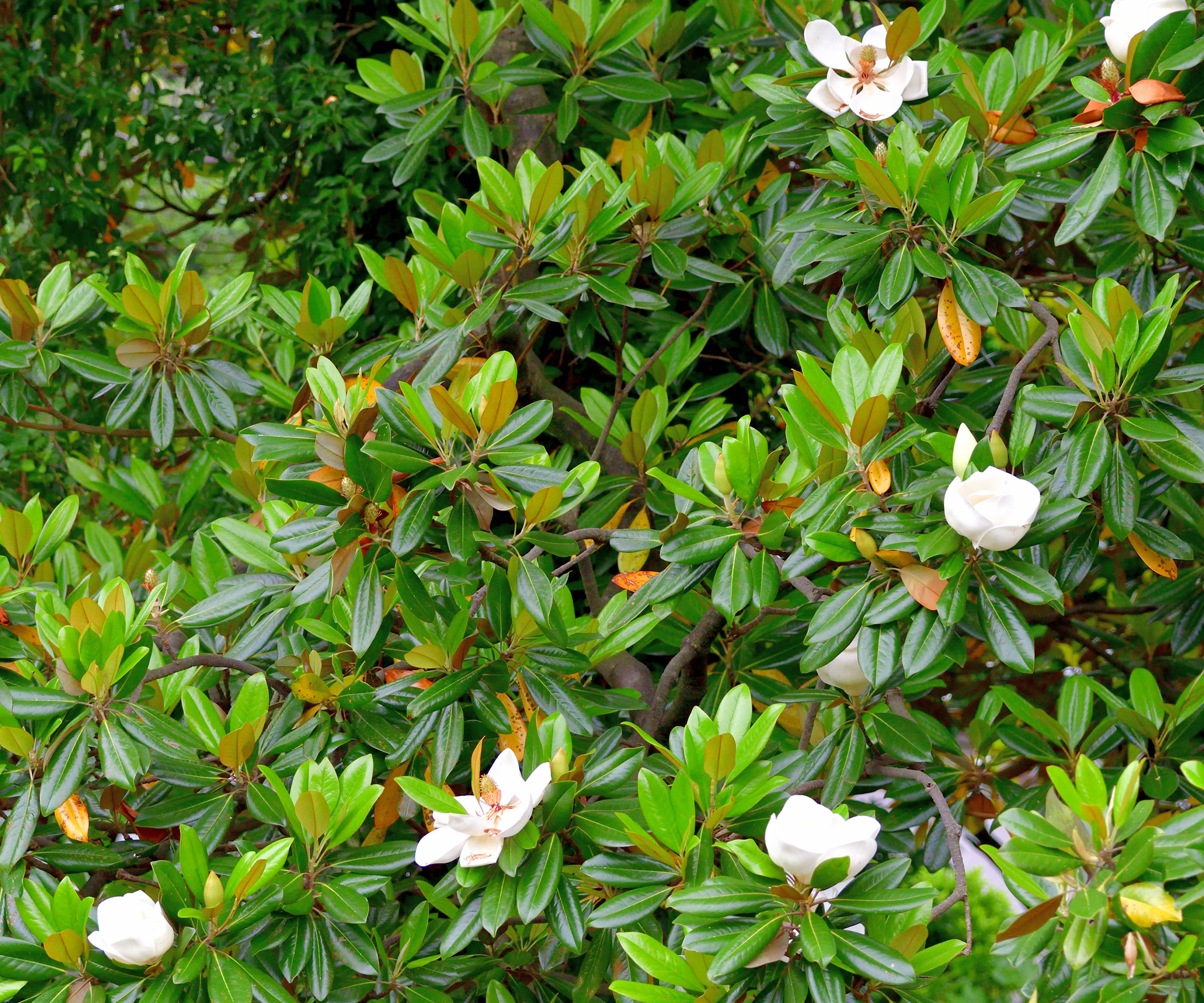
Southern magnolia (Magnolia grandiflora) is a gorgeous evergreen tree, meaning it requires no leaf pick-up in the fall. It grows well in zones 6 through 10 and can reach a majestic height of 80 feet (24m) tall. Most known for its spring and summer flowers, southern magnolia also has attractive, glossy, dark green leaves.
As long as you give your magnolia plenty of space, it will reward you with slow but steady growth and low-maintenance needs. It adapts well to various conditions and tolerates poor soil, a lot of moisture, and shade.
6. Sugar Maple
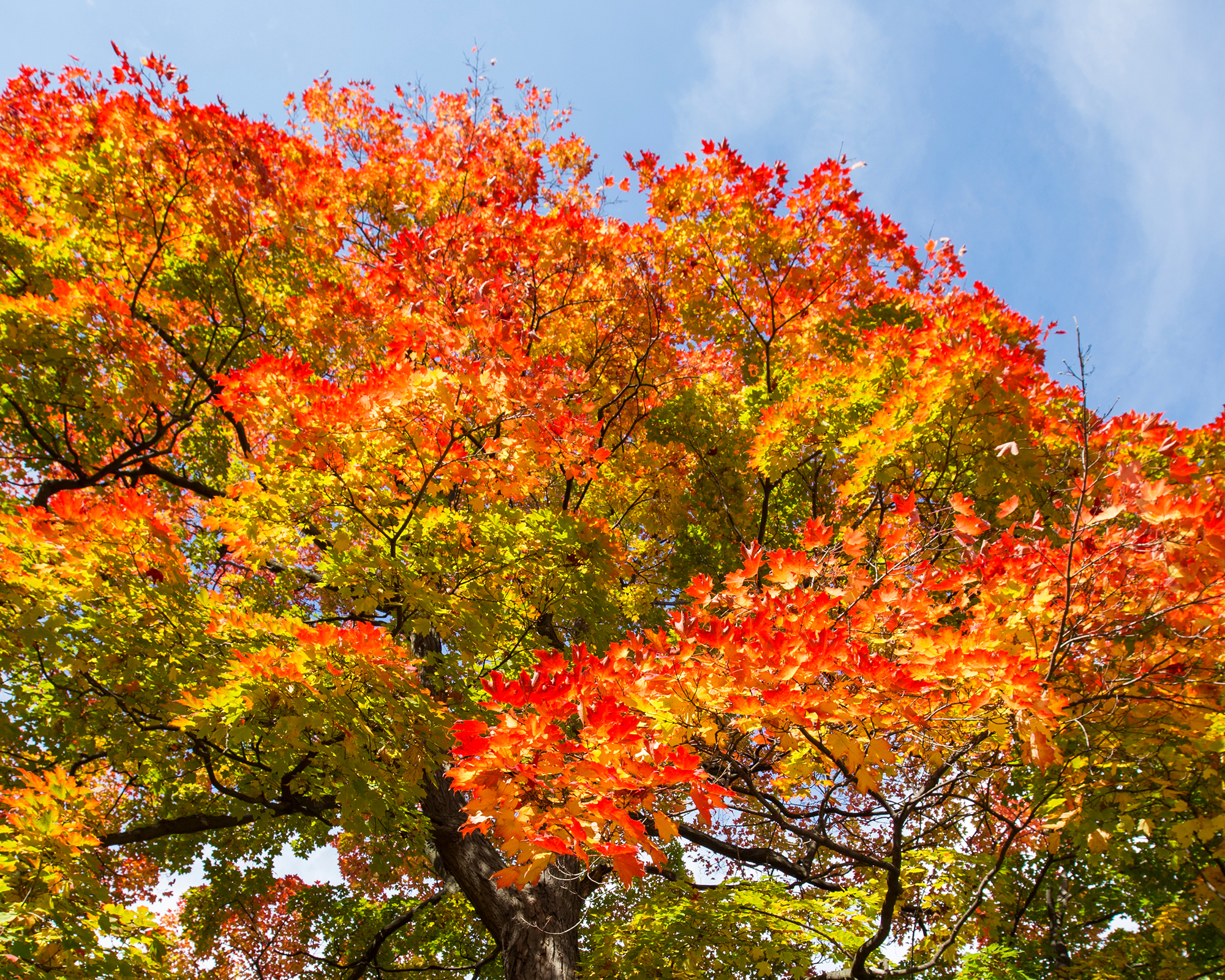
For a large tree that provides spectacular fall color, try growing a sugar maple (Acer saccharum). Growing up to 80 feet tall (24m), this is a slow but steady tree that will give you shade and brilliant fall foliage for years with little effort.
The biggest maintenance issue with sugar maples is cleaning up leaves in the fall. Otherwise, they tolerate a variety of conditions once established and don’t need pruning except to remove dead or broken branches. Pests and diseases rarely trouble this tree.
As a bonus, tap the tree to make maple syrup. The sap of this maple is very high in sugar content.
7. Crepe Myrtle
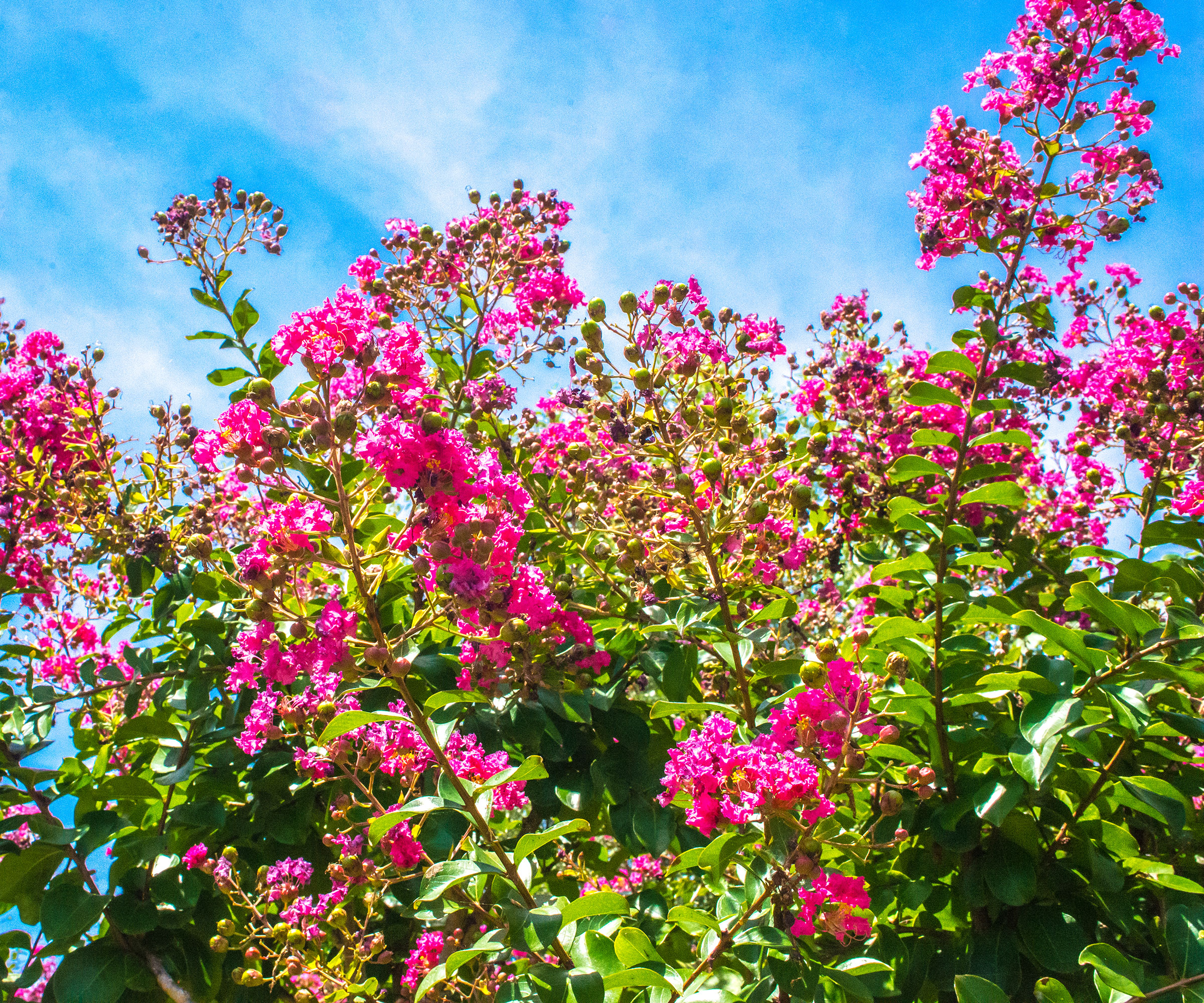
Crepe myrtle (Lagerstroemia indica) is native to Asia but has become naturalized in the southern US. It provides multi-season interest with summer flowers, textured bark, and fall color. Grow crepe myrtle in zones 6 through 9 and expect it to grow up to 25 feet (7.6m) tall.
Crepe myrtle’s most labor-intensive maintenance need is a light annual pruning. Otherwise, it is very easy to grow and tolerates high heat, humidity, and drought conditions.
8. Bur Oak
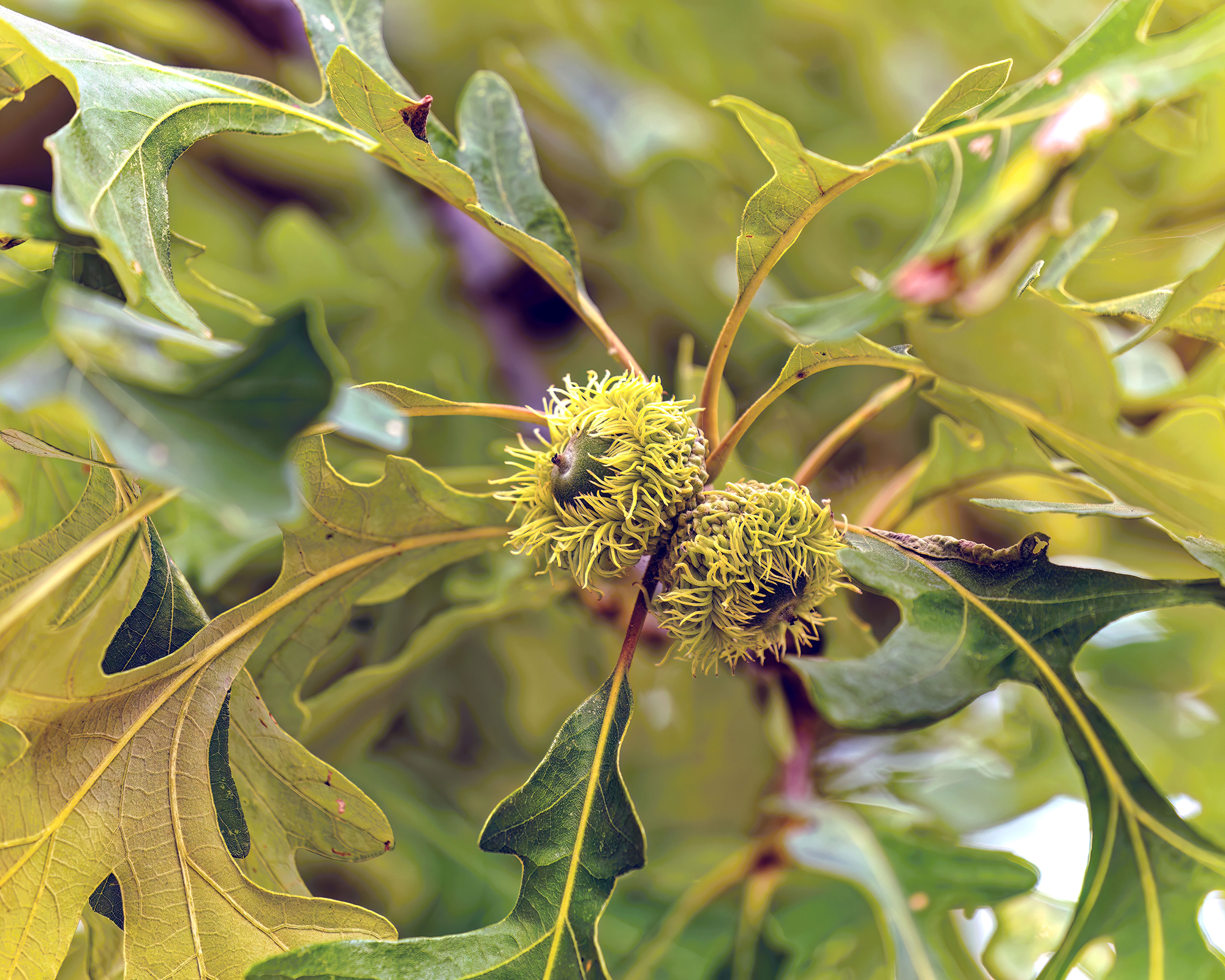
One of the easiest large shade trees to grow in North American yards is the bur oak (Quercus macrocarpa). With its long taproot, this oak is very resistant to drought once established. It tolerates most soil types and grows well even with very hot summers and cold winters in zones 3 through 8.
The most high-maintenance aspect of a bur oak is the fall leaf cleanup, but this is well worth the height and shade you get from a 90-foot (27m) tree. Additionally, your big bur oak will provide plenty of habitat for native species. Just be sure you have enough space before planting a majestic bur oak.
More Tree Inspiration
- Discover the 6 trees that experts believe should be in every yard to get the most out of your landscape.
- Browse the loveliest and most reliable trees and shrubs in the Gardening Know How Shop.
- Find out which trees will add the most value to your home – and which trees can devalue a property.

Mary Ellen Ellis has been gardening for over 20 years. With degrees in Chemistry and Biology, Mary Ellen's specialties are flowers, native plants, and herbs.
- Melanie GriffithsEditor in Chief
